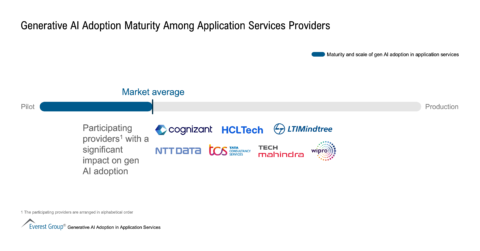Reimagine growth at Elevate – Dallas 2025. See the Agenda.
Displaying 11-20 of 172
Realizing the Gen AI Journey in Modern Organizations | Webinar
September 24, 2024
09:30 AM PT | 12:30 PM ET
Webinar
Gen AI and the Future of Cybersecurity: Advanced Strategies for Cyber Defense | Webinar
On-Demand Webinar
1 hour









